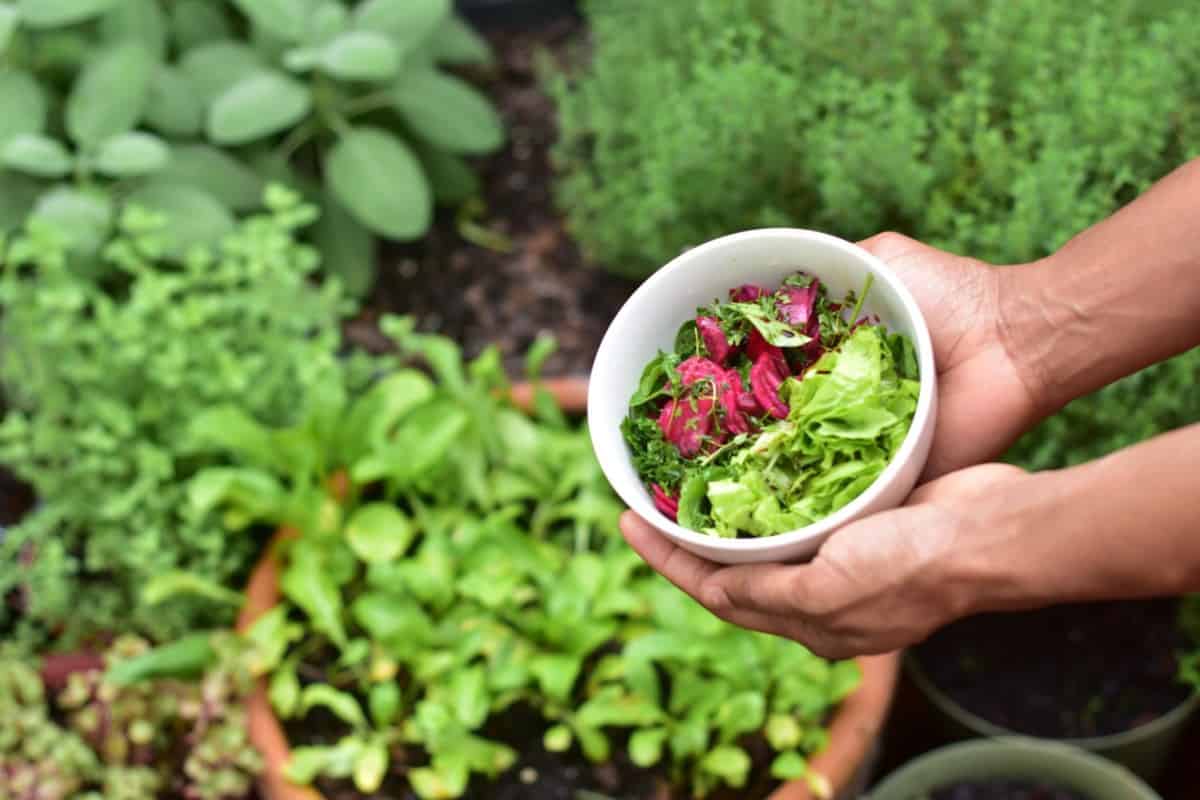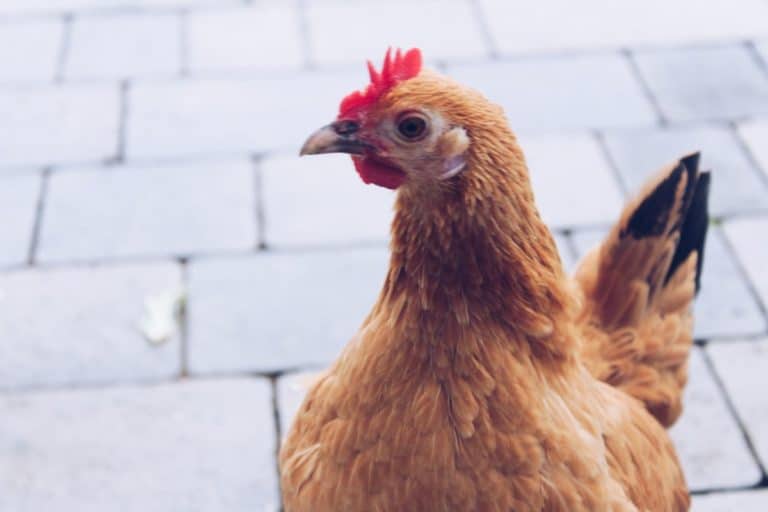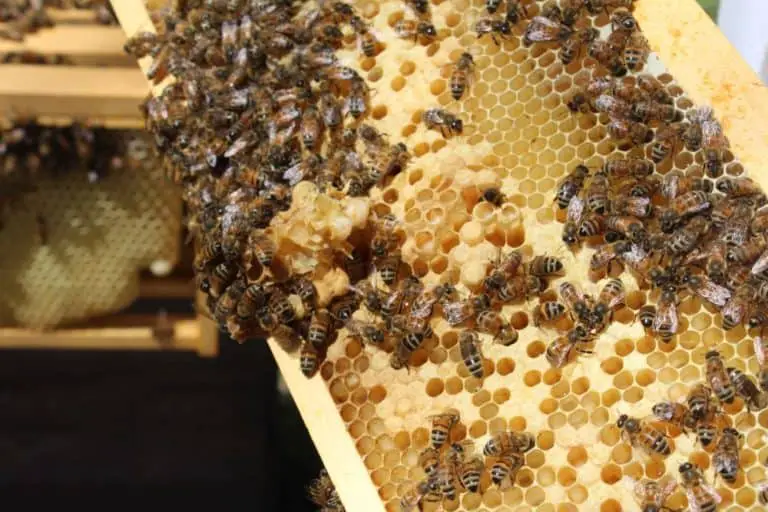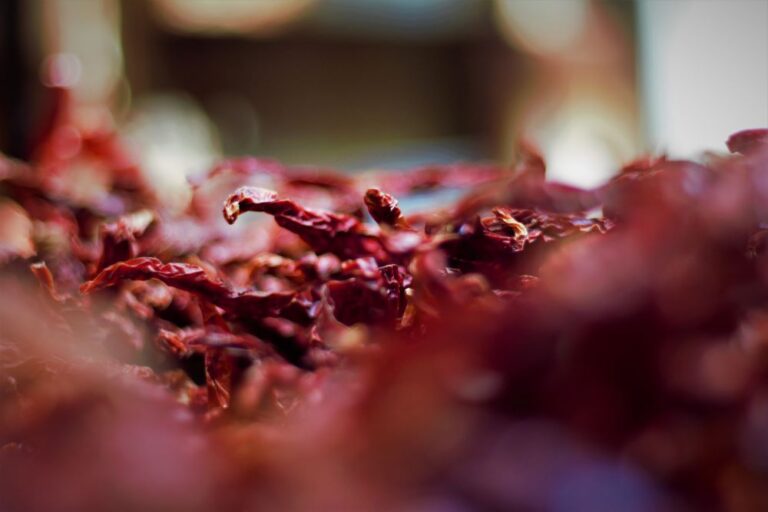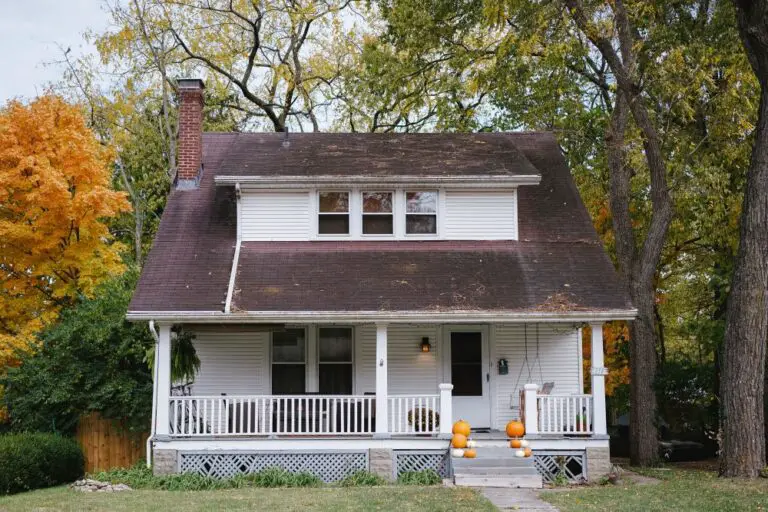How Much Land Do You Need to Be Self-Sufficient?
If you live in an urban or suburban area, you are unlikely to have access to several acres of land to grow food for your family. Still, you shouldn’t give up on your dream of self-sufficiency.
To be self-sufficient, some families use 5 acres to produce a years’ worth of food, whereas others use only a fifth of an acre. The amount of land you need depends on your climate, soil, and farming methods. Methods like urban homesteading and permaculture can help to get the most out of your land.
How much land is needed to feed one person?
The area you need to feed yourself for a year depends on several factors:
- Your diet
- How the food is grown
- The local climate
- The quality of the land
Research into this subject gives several figures that range from 0.3 of an acre to feed one person on a plant-based diet, to 3.25 acres to feed someone eating the standard American diet.
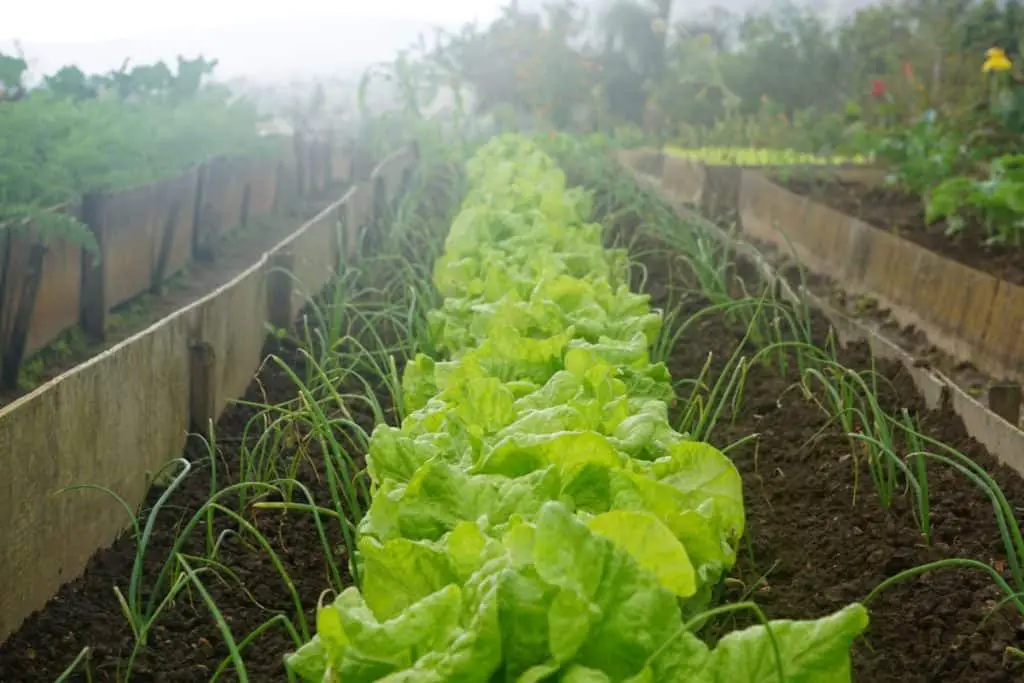
What this did show definitively was that small changes to your diet and a creative approach would let you feed one person for longer than you’d expect. There is no golden method that will work for every person on every plot of land; the key is to work to the strengths of your property and the individual.
There are several tried and tested methods that can increase the productivity of your land:
Urban homesteading- This is a way of using traditional methods to get the most out of what you’ve got. Following a period of observation, the urban homesteader assesses the best way to get the most out of the earth.
Urban homesteading is a creative approach and includes utilizing anything possibility o enhance the amount of food your property can produce. It could consist of anything from growing vegetables in pots, buckets, and raised beds to collecting water in butts and growing mushrooms in logs.
An urban homesteader also practices traditional skills like sewing, soup making, canning, beekeeping, and candle making to get the most out of all their raw materials. The urban homesteading methods work well for an off-grid home because they teach you to use the abundance around you rather than importing it from further afield.
Permaculture- This is a method of setting up agricultural ecosystems that can sustain themselves with little intervention.
Permaculture sees growing your food on your land as part of a more extensive system. Every plant or animal you add to you and is carefully planned to take an active role in the broader ecosystem. As a result, gardens and homesteads designed with permaculture principles in mind can maximize the productivity for minimum upkeep.
This type of garden takes lots of planning and can take years to be fully planted, but it will continue producing year after year with little need for extra digging or crop rotation. While this type of garden is ideal if you don’t have enough time to work the land continually, it doesn’t produce conventional food crops.
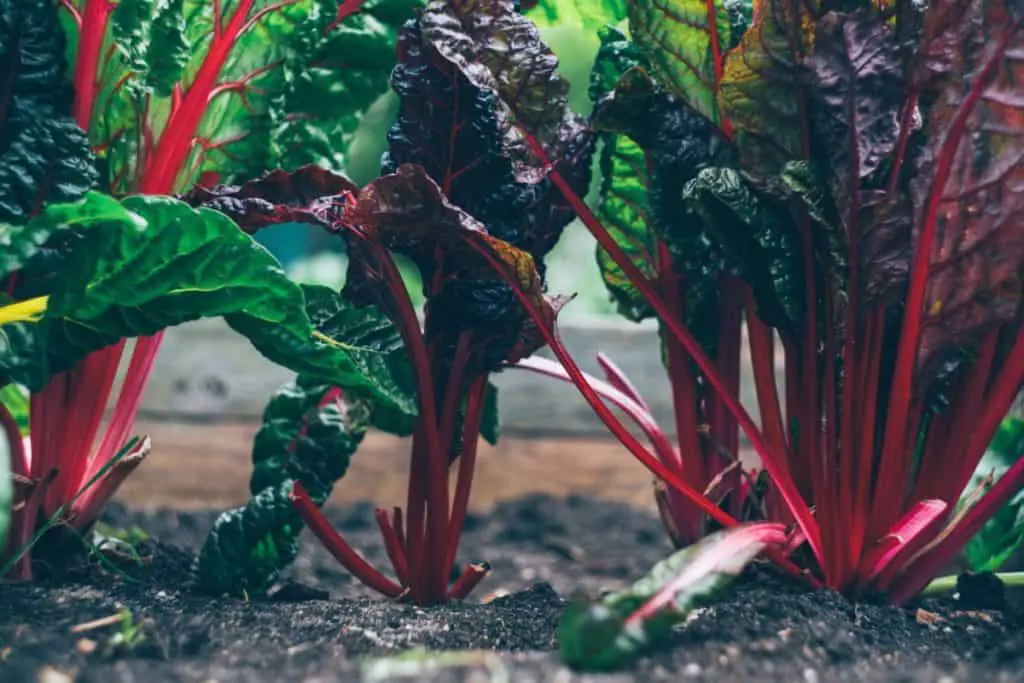
Because plants are chosen to match with the broader systems, you won’t be producing lots of grains and potatoes. Instead, you will have perennial plants like rhubarb, asparagus, artichokes, and strawberries. If you intend to eat only what you produce, you may need to make some changes to your diet. A good way of getting around this is by trading items from your garden with neighbors or selling excess food from your harvest at local markets.
Forest gardening- This is a method most often seen in the UK. It is based on permaculture but is more focused on gardens, whereas permaculture can incorporate entire ecosystems. A forest garden uses native plants and animals to produce a multilayered food-producing garden. As with permaculture, you may not have traditional crops like grains and potatoes, but you will get the maximum year-round produce for minimum upkeep.
Mixed vegetable gardening- Developed in Nepal, this is another useful variant of permaculture. Its focus is on maximum vegetable output in small gardens. Mixed vegetable gardening involves more upkeep and planting than other permaculture methods, but on a small scale it can be more productive.
I recommend Gardener’s Supply Company for any extra equipment or information you might need. SeedsNow is a great place to visit for all your vegetable seeds and NatureHills has you covered for plants and fruit trees.
How much land do you need to feed a family of 4?
Feeding a family of four can be done on as little as a tenth of an acre. Methods like urban homesteading, permaculture and forest gardening can be scaled up to feed as many people as you need. However, with more people, your approach will need to be even more creative.
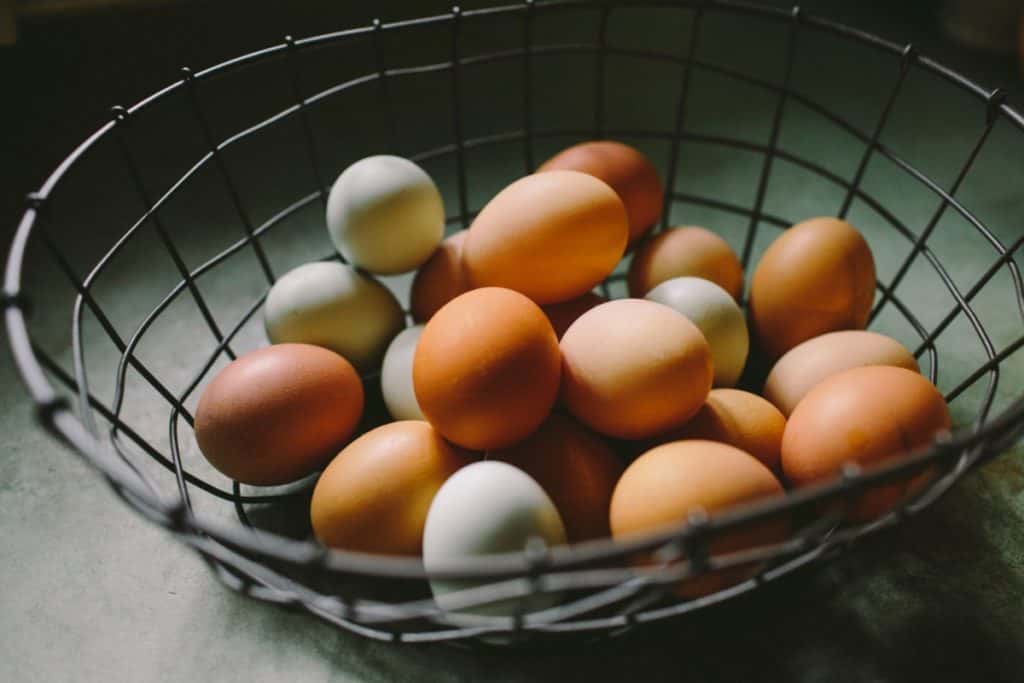
While complete self-sufficiency is a worthwhile goal, it is close to impossible to achieve. Many people who aim for it produce a large amount of food themselves but aren’t entirely self-sufficient. This is because the range of food required by a family, including vegetables, livestock and dairy, is very tricky to produce in one area.
For this reason, many people produce more than they need of the things that grow well in their garden. You can use the excess to swap with friends or sell it to earn money to buy anything you can’t produce yourself. While this may not fit your idea of self-sufficiency, it is a useful compromise to make if your land area is limited in size.
Related reading: How to keep chickens, 11 Challenges of going off-grid and how to overcome them.
Conclusion
There is no standard-sized plot of land that will feed you and your family. It all depends on the approach you take and what you have available to you.
If you want to be entirely self-sufficient, you may be able to produce enough on as little as a tenth of an acre. However, if you have less space than that, don’t be put off. You may not be able to produce every single item of food, but whatever the size of the outdoor space available to you, you will still provide more than you expect.
Growing food in small spaces pushes you to be creative and can be a lot of fun. There is no one right way to maximize your plot, so start by observing your land, what the soil is like, what wildlife visits it, where the sun is positioned. All this information will help you build a solid plan to get the most out of your garden, no matter what size.
Check out my recommendations for equipment that will help you take your home off-grid.
My Off-Grid Product Recommendations
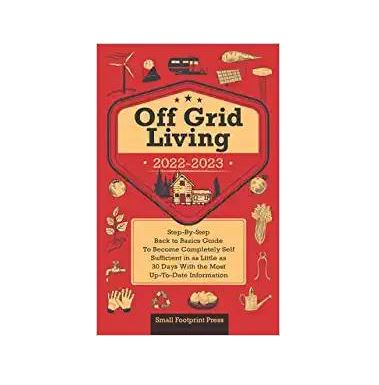
Useful Book: Off Grid Living 2022-2021 – This incredible step by step guide is a great read and gives you useful information about reaching self-sufficiency in just 30 days. Get the paperback on Amazon or read it free with a Kindle Unlimited subscription or listen to the audio version with Audible Plus membership.
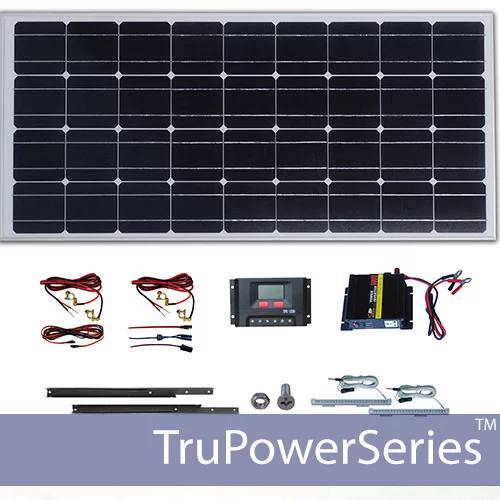
Small Solar Panel Systems: Silicon Solar – This is an excellent company that offers lots of products to get you started on your solar journey. Visit Silicon Solar.
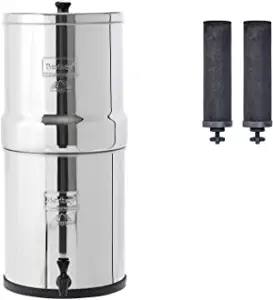
Family Water Filter: Big Berkey – For a fast, affordable water filter with no plumbing required, you can’t beat a Big Berkey gravity-fed filter like this one from Amazon.
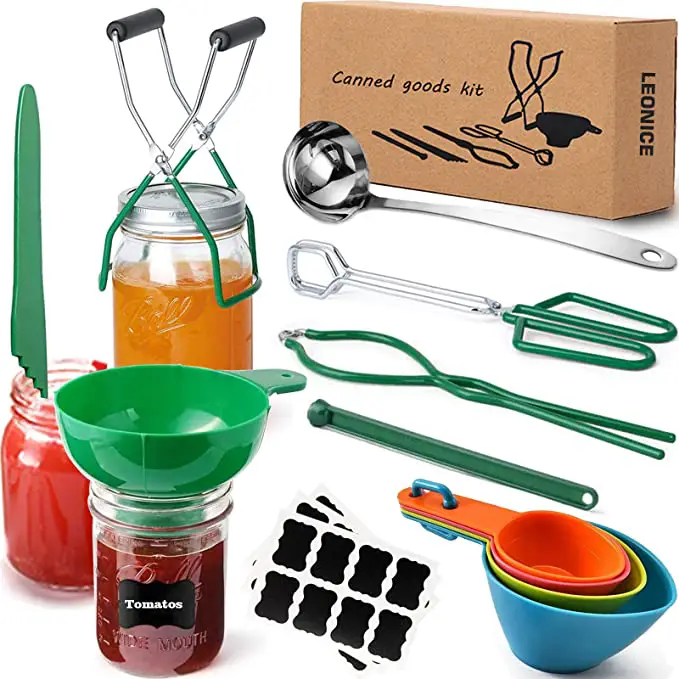
Canning Equipment – This canning starter kit, 22-quart Barton pressure canner and twelve-pack of Ball 16oz mason jars will help you preserve food as you work towards self-sufficiency.
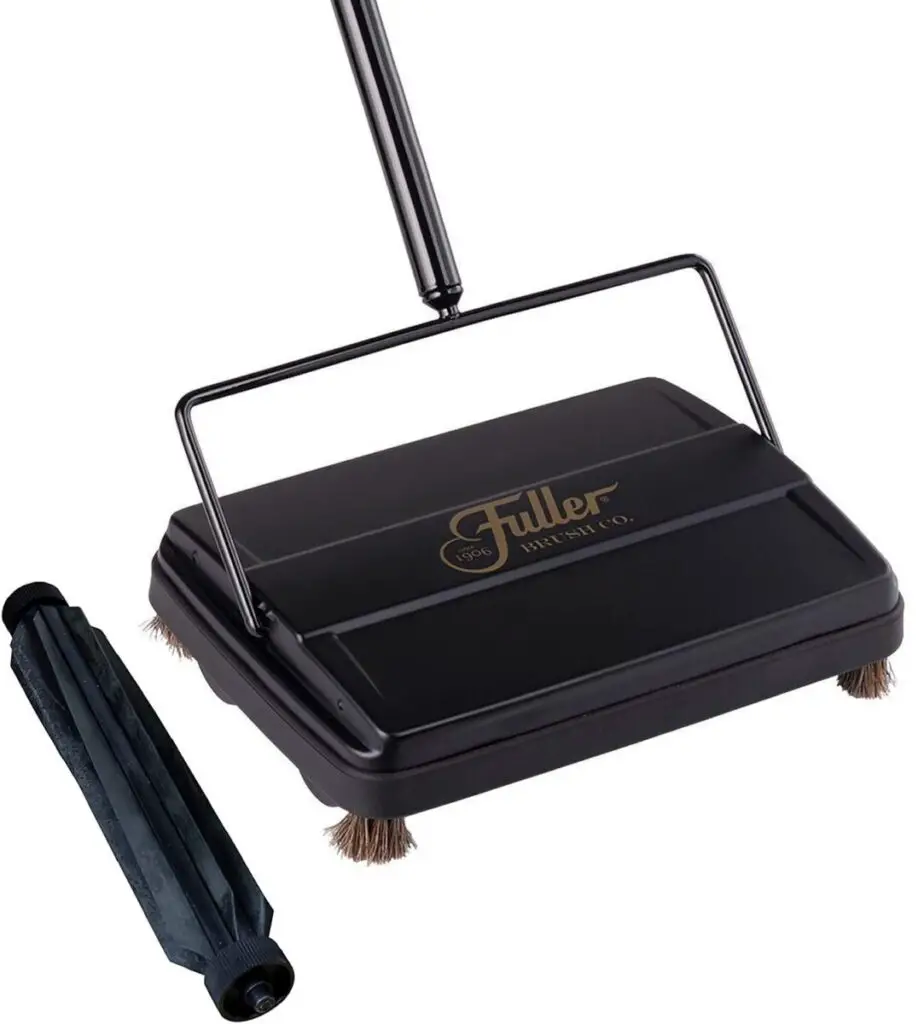
Cleaning: Fuller Carpet Sweeper –. This carpet sweeper is an ideal way to keep your home clean without using up your energy stores on vacuuming.

Handy Knife: Gerber Serrated Paraframe – This handy all-purpose knife is lightweight and ideal for all those little jobs around your home and garden.
